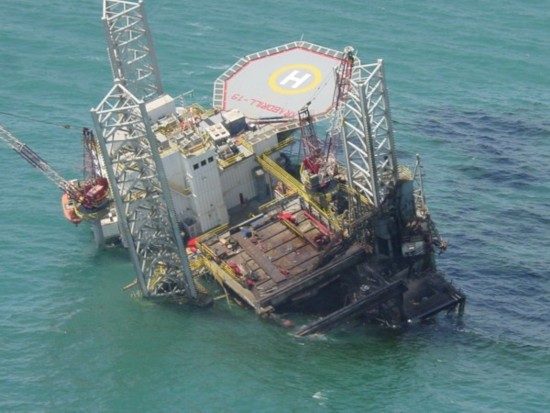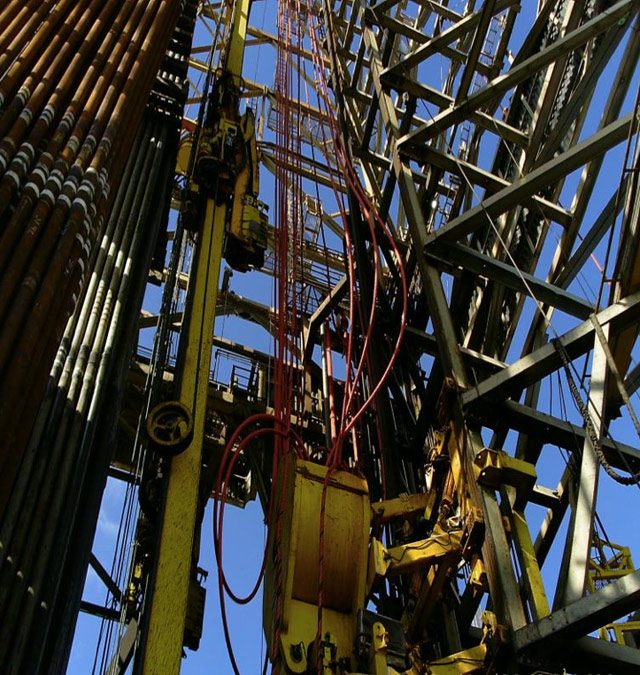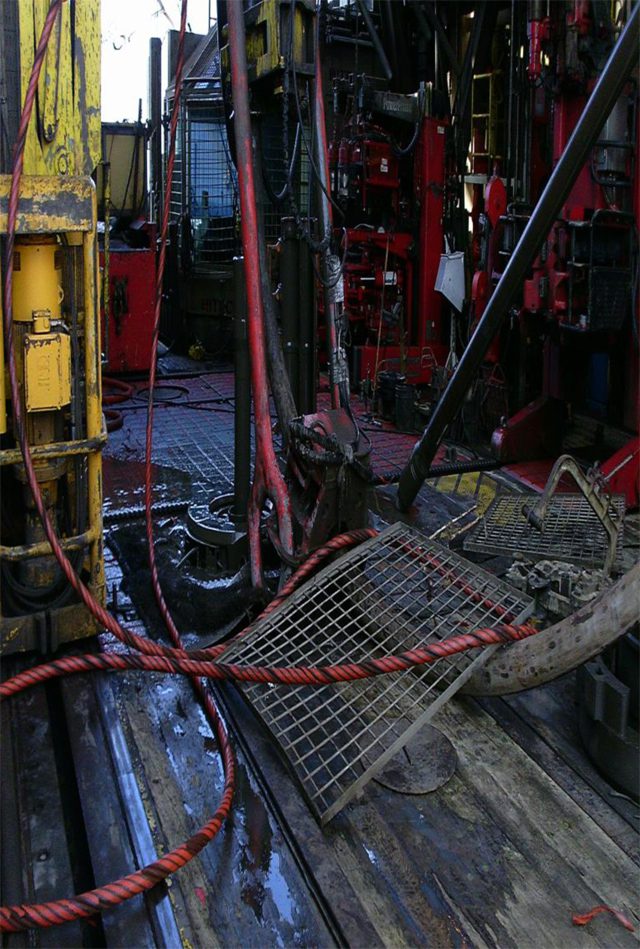Gas kick behavior in horizontal wells is different from the gas behavior in normal wells (vertical and deviated wells). Gas follows Boyle’s gas law when it moves up to the shallower section of the wellbore. However, in the horizontal section, there is no change in volume because gas will move up to high side of the wellbore and there is no change in pressure.

The gas kick volume will increase when the kick is circulated out of the horizontal section because the reduction in hydrostatic pressure results in expanding of gas as per Boyle’s gas law (see below).
Boyle’s Law
P1 x V1 = P2 x V2
You will not see any drastic pit gain when the gas kick is still in the horizontal zone but the pit gain will significantly increase once it starts going into the deviated / vertical section of the well (see Figure 1).

Figure 1 – Gas expands in the vertical section
What are Responses of Shut In Drill Pipe Pressure and Shut In Casing Pressure in Horizontal Wells?
In horizontal wells, kicks can come into the well and you will see pit gain but when the well is shut in you will not see any difference between shut in casing pressure and shut in drill pipe pressure. This situation happens because the kick in the horizontal section does not have the vertical height (see Figure 2).

Figure 2 – SIDPP and SICP when gas kick is in the horizontal section
When compared to normal well, you should see the difference between these two pressure gauges because height of gas kick will reduce hydrostatic pressure in the annulus( see Figure 3).

Figure 3 – SIDPP and SICP when gas kick is in a normal well.
Gas kick from swabbing effect in the horizontal sand may not be able to clearly detect even though the large kick is taken into the wellbore.
As you can see, it is very tricky to deal the gas kick at the beginning because the elevation of the horizontal section does not change. You may not know if the well takes kick until the gas is out of the horizon plan. The best way is to mitigate the possibility of taking a kick by good drilling practices and wellbore planning. You can see more details in this article “Kick Prevention for Horizontal Wells” which will go into details on how to prevent the well control in the horizontal wells.
Reference books:  Well Control Books
Well Control Books




































































 Directional Drilling Books
Directional Drilling Books



 Formulas and Calculations for Drilling, Production and Workover, Second Edition
Formulas and Calculations for Drilling, Production and Workover, Second Edition
















